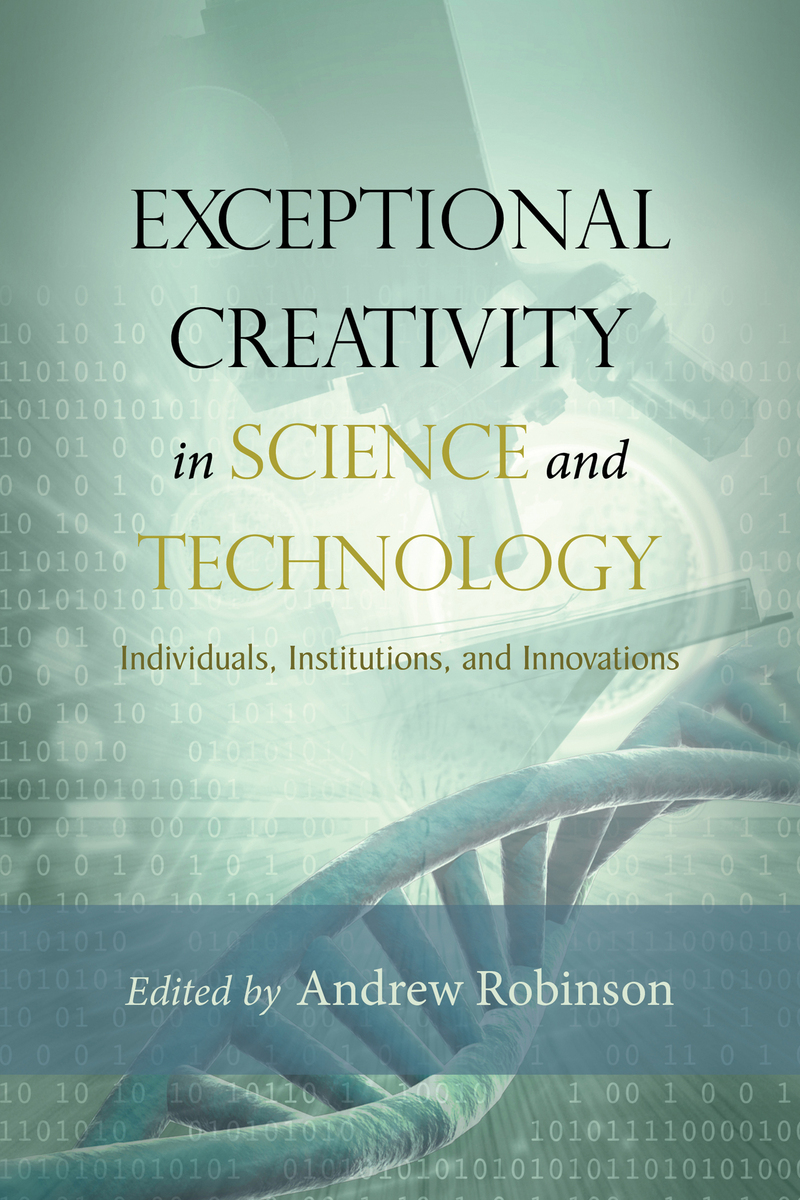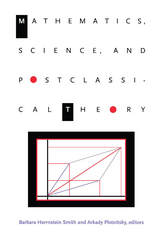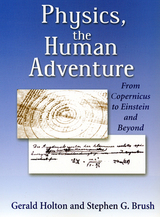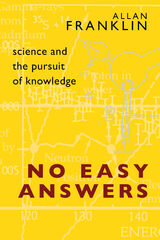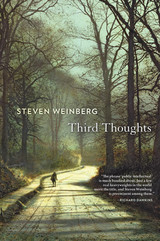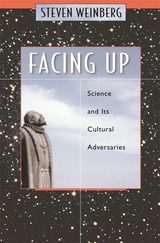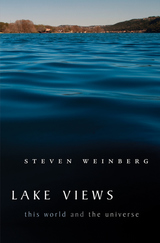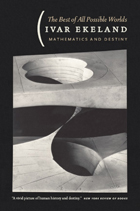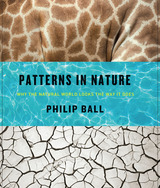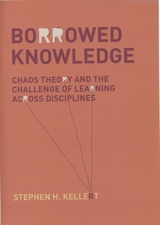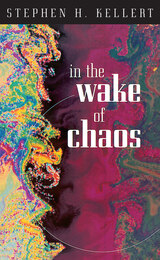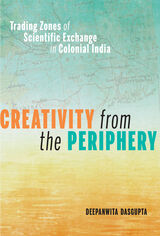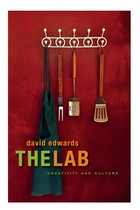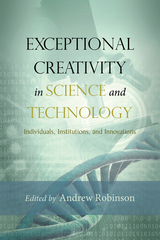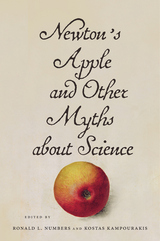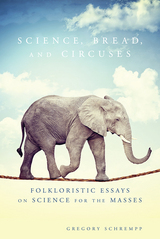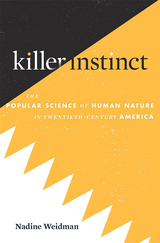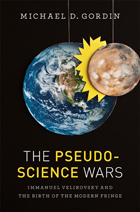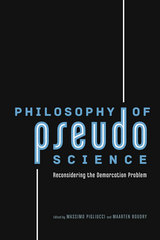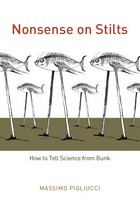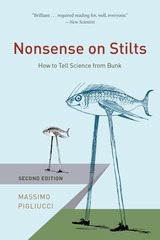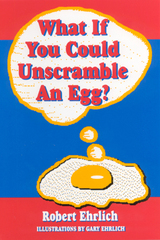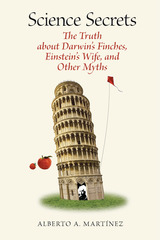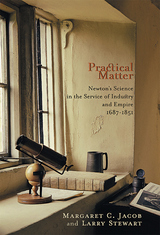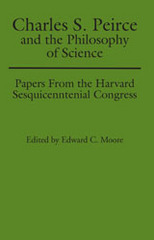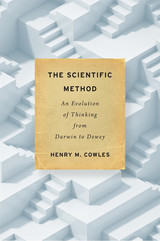Exceptional Creativity in Science and Technology: Individuals, Institutions, and Innovations
Templeton Press, 2013
Paper: 978-1-59947-426-7 | eISBN: 978-1-59947-430-4
Library of Congress Classification Q172.5.C74E93 2013
Dewey Decimal Classification 501.9
Paper: 978-1-59947-426-7 | eISBN: 978-1-59947-430-4
Library of Congress Classification Q172.5.C74E93 2013
Dewey Decimal Classification 501.9
ABOUT THIS BOOK | AUTHOR BIOGRAPHY | REVIEWS | TOC | REQUEST ACCESSIBLE FILE
ABOUT THIS BOOK
In the evolution of science and technology, laws governing exceptional creativity and innovation have yet to be discovered. In his influential study The Structure of Scientific Revolutions, the historian Thomas Kuhn noted that the final stage in a scientific breakthrough such as Albert Einstein’s theory of relativity—the most crucial step—was “inscrutable.” The same is still true half a century later.
Yet, there has been considerable progress in understanding many stages and facets of exceptional creativity and innovation. In Exceptional Creativity in Science and Technology, editor Andrew Robinson gathers diverse contributors to explore this progress. This new collection arises from a symposium with the same title held at the Institute for Advanced Study (IAS) in Princeton. Organized by the John Templeton Foundation, the symposium had the late distinguished doctor and geneticist Baruch S. Blumberg as its chair. At the same time, its IAS host was the well-known physicist Freeman J. Dyson—both of whom have contributed chapters to the book. In addition to scientists, engineers, and an inventor, the book’s fifteen contributors include an economist, entrepreneurs, historians, and sociologists, all working at leading institutions, including Bell Laboratories, Microsoft Research, Oxford University, Princeton University, and Stanford University. Each contributor brings a unique perspective to the relationships between exceptional scientific creativity and innovation by individuals and institutions.
The diverse list of disciplines covered, the high-profile contributors (including two Nobel laureates), and their fascinating insights into this overarching question—how exactly do we make breakthroughs?—will make this collection of interest to anyone involved with the creative process in any context. Still, it will especially appeal to readers in scientific and technological fields.
See other books on: Creative ability in science | Creative ability in technology | Individuals | Robinson, Andrew | Technology
See other titles from Templeton Press
